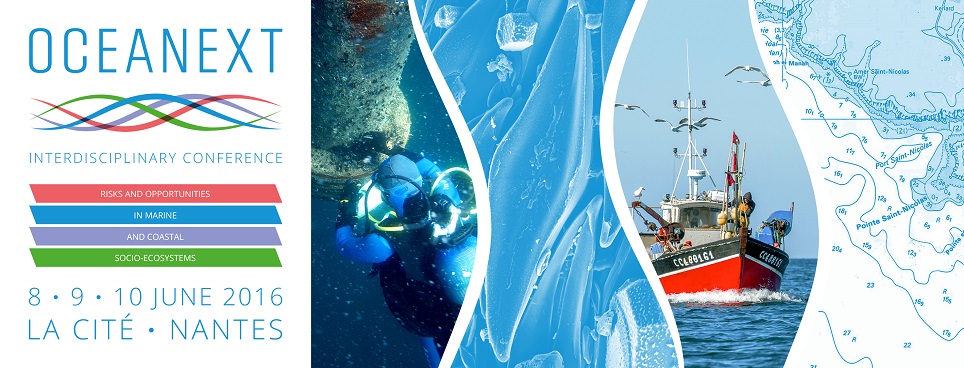Biofouling on offshore structures is shown to have various harmful effects. Various tests were performed in the 70's and 80's, investigating different typology of marine growth, cylinder diameter and hydrodynamic conditions. They result to a better understanding of biofouling effect on hydrodynamic forces and highlight the key relationships and the invariants. Amongst the conclusions, there was a huge scatter in the results due to the complexity and instabilities of the flow around the structure.
Only few studies consider the global modeling of the loading in a probabilistic context and none of them considers the modeling of the growth process. Indeed, there exist few database or they were not used to this goal. That necessitates a multidisciplinary study. Indeed, biocolonization of offshore structures is a complex phenomenon with two major but distinct domains: marine biology whose processes are modeled with biomathematics methods and hydrodynamic calculations. This paper aims to connect these domains by proposing a stochastic model for the biofouling growth and continues with a probabilistic modeling of the drag coefficient in presence of marine growth. To calculate the hydrodynamic forces on colonized structures under environmental conditions, determination of the physical characteristics of the colonized surfaces: average thickness (Th) and surface roughness (k) are essential.
This study shows that developed model is consistent with RBI approaches and how the maintenance strategies could change depending on the depth of the subsea equipment. The BDR (Biofouling Design Ratio) is introduced as well. That leads to discuss the required safety level in various depth.

 PDF version
PDF version
